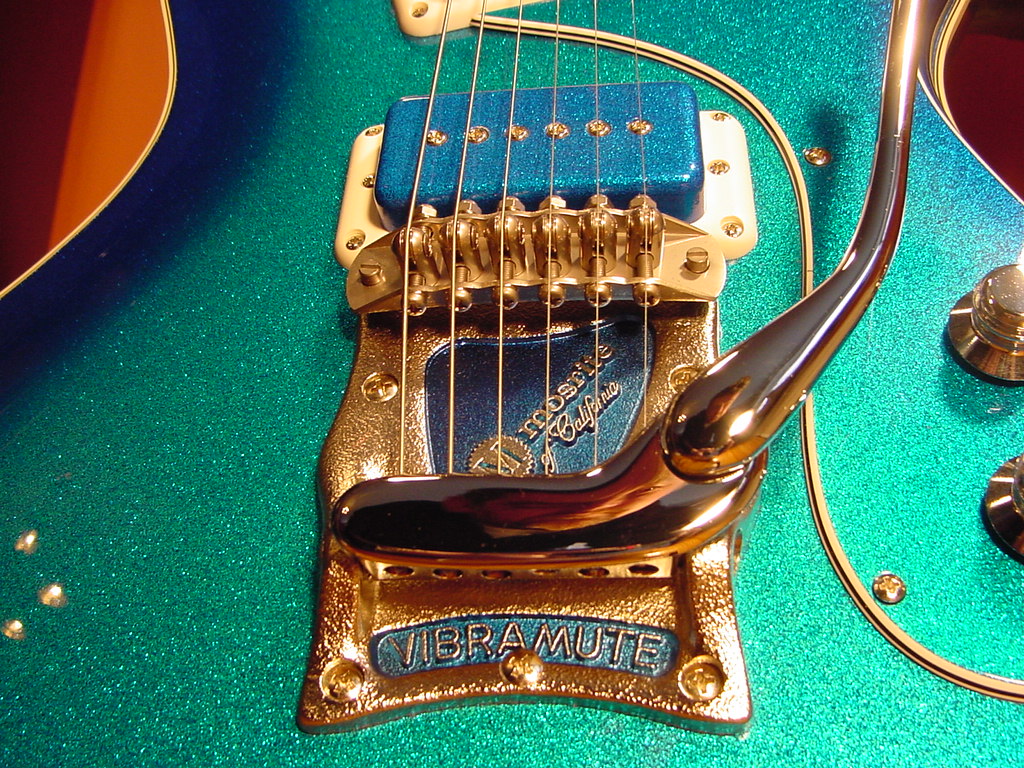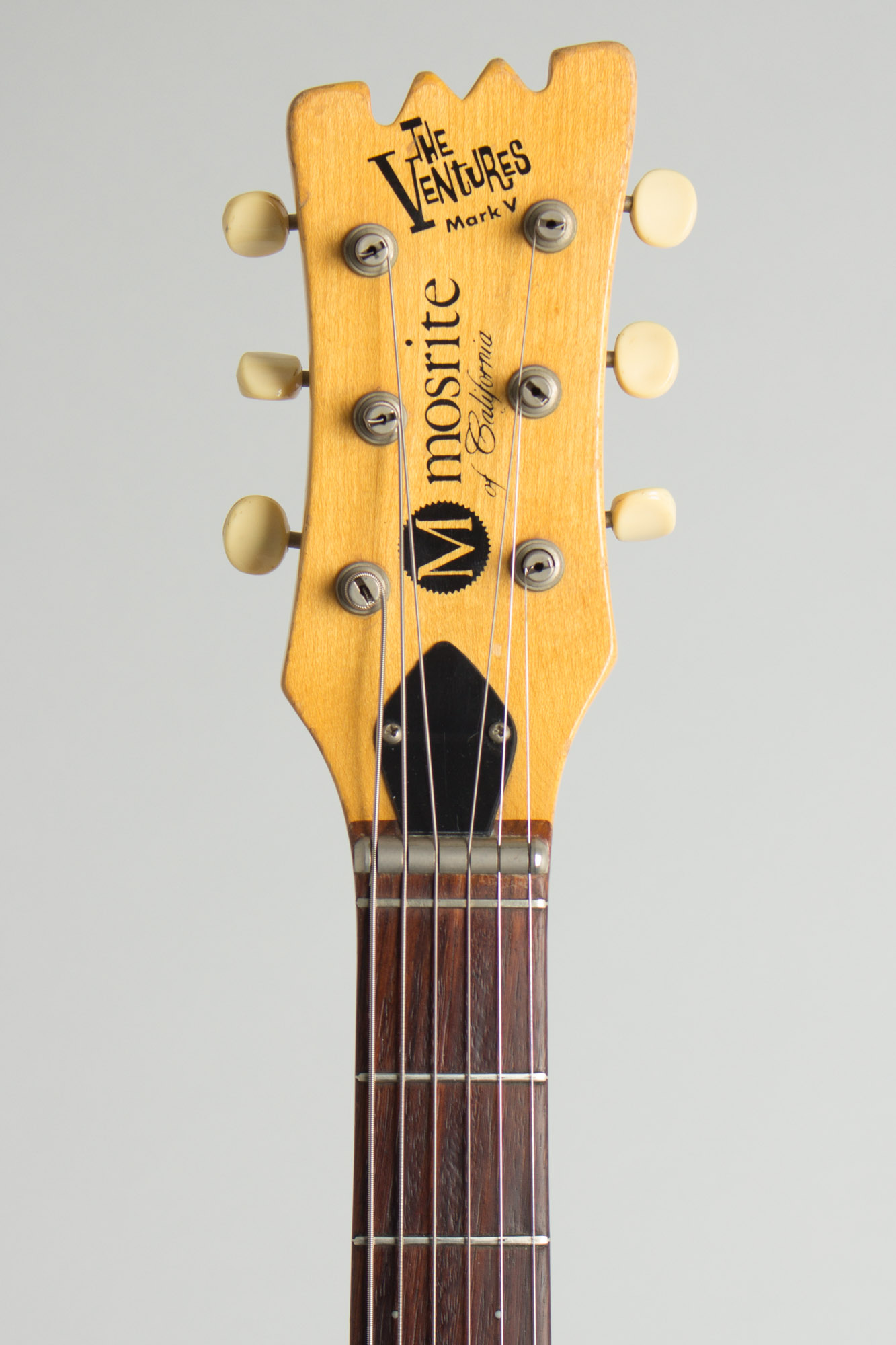This guitar has the two Mosrite of California pickups. Marshall amps 1969-1992 with a Serial Number: We do not have serial number information on Marshall Amps before 1969. For most of Fenders production history they have applied serial numbers. The Dobro is a single cone resonator guitar that is easily confused at first glace with the. This is a 1967-1968 Mosrite Gospel Guitar. It is of the rare GA series, the same as Semie Moseley's supposedly legendary Blue Gospel. It was claimed that Semie's was the only one of these models left in existence but here we have another. Serial number is GA027.
German Carved 'Red'
1966 Mosrite Combo Mark 1 Ntsd games download free.


This custom color 'Translucent Red' Combo Mk 1' guitar weighs just 7.20 lbs. and has an offset asymmetrical, hollow 15 1/2 inch wide, just under 2 inch deep, laminated maple body with a 'German' carved spruce top. One 'f' hole on the bass side of the top. The top and back of the body are single-bound. Two-piece rock maple bolt-on neck (secured by four screws) with a nut width of 1 5/8 inches, a wonderful medium profile, and a scale length of 24 3/4 inches. Specific shaped headstock with black decal 'M Mosrite / of California' and single-layer 'conical' shaped black plastic truss-rod cover with two screws. Individual Kluson Deluxe 'dual-line' tuners with oval metal buttons (stamped on the underside 'D-169400 / Patent No.'). Single-bound rosewood fretboard with a 'zero' and twenty-two very thin 'speed' frets with single, double and triple small clay dot position markers. Serial number 'H 0051' blind-stamped onto twenty-second fret. Two Mosrite single coil pickups with black plastic covers with 'Mosrite of California' embossed on the lower edge, black plastic surrounds, and outputs of 9.83k and 5.40k. Three layer white over black plastic pickguard with eight screws. Two controls (one volume and one tone) plus a three-way pickup selector switch with white metal tip and jack input all mounted on pickguard. The potentiometers are stamped '134 6647' (Centralab, November 1966). Mosrite 'hat type' metal control knobs with 'M' stamped on top, numbered from 1 to 5 with 'V' and 'T'. Mosrite bridge with six individually adjustable saddles and chrome-plated die-cast Mosely type vibrato tailpiece. Large rectangular orange label inside 'f' hole with 'style COMBO / serial no. H-0051 / Mosrite of California / Inc. / etc…' There is some finish checking, a few small chips on the body and some belt-buckle wear on the back. The original thin 'speed' frets show a little playing wear but this is confined to the first five frets. Overall a wonderful example with very low action and ease of playing. Housed in its original three-latch rectangular dark gray hardshell case with black leather ends and red plush lining (9.25).
Broke protocol download freefreeband. Mosrite Combo's usually come in sunburst - we have only seen one other 'Translucent Red' example (serial #H-1147) and on that one the 'f' hole was single-bound - on this guitar it is just painted…
The Combo Mark 1 is a hollow body version of the Joe Maphis Mk 1.


Mosrite Ventures Serial Numbers

Mosrite Of California Serial Numbers Lookup
'In 1954 Semie Moseley built a triple-neck guitar in his garage (the longest neck was a standard guitar, the second-longest neck an octave higher, the shortest was an eight-string mandolin). He presented a double-neck to Joe Maphis, a Los Angeles-area TV performer. By 1956, with an investment from Ray Boatwright, a local Los Angeles minister, Semie and Andy started their company, Mosrite of California. In gratitude to Boatwright, Moseley named the company by combining his and Boatwright's last names; the name is properly pronounced MOZE-rite, based on the pronunciation Semie Moseley used for his own name. Semie, who built guitars for the Los Angeles based Rickenbacker company, said to his co-workers that he was making his own product, and he was promptly fired by Rickenbacker. When they began, their production was all custom, handmade guitars, built in garages, tin storage sheds, wherever the Moseleys could put equipment. In 1959, Andy moved to Nashville, Tennessee, for a year to popularize the Mosrite name and sold a few, including to Grand Ole Opry entertainers and road musicians. Andy said: 'And that’s how we kept the factory going at the time: custom guitars'. Moseley made guitars in Los Angeles until 1959, when he moved to Oildale, California, just north of Bakersfield. In 1962 he moved his shop to Panama Lane where he designed and produced the first Joe Maphis model guitars, one model of which would eventually evolve into the 'Ventures model' guitar and bass. (Joe Maphis would later get a model of his own, similar to a Mosrite Combo model but without the F-hole.) At this time, Mosrite made everything in-house, except for the tuners. The full 'The Ventures' line consisted of the Mark I, Mark II, Mark V, Mark X (bass) and Mark XII (12 string.) The Ventures line started in 1963 and ran through 1967; when the licensing agreement with The Ventures ended. At the peak of production, in 1968, Mosrite was making around 600 guitars per month.' (Wikipedia). (#2196)
